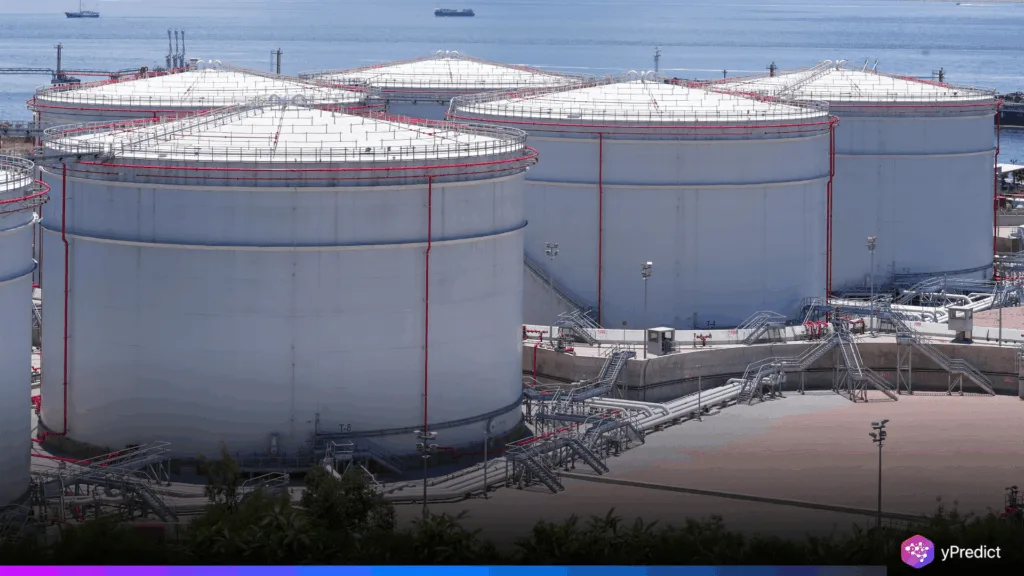
The International Energy Agency (IEA) projects that in August, refinery throughput will reach 85.6 million barrels per day. It is bringing the global oil supply closer to all-time highs. Oil production is increasing in 2025 for both OPEC+ and non-OPEC+ producers. In addition, refineries in Asia and the OECD are nearly full. Early in August, crude prices dropped following OPEC+’s announcement of plans to boost production.
Can Refining Momentum Outpace Global Oil Supply Growth?
Refinery runs are predicted to break previous records this quarter. The IEA has revised its throughput prediction to 83.6 mb/d for 2025. This is due to higher-than-expected processing rates in China and the OECD nations. Operators also raised capacity as refining margins hit 15-month peaks in July.
In addition, refiners are expanding in emerging economies. It is especially in the Middle East and Southeast Asia. As a result, these gains have helped to reduce pressure on crude prices and offset the increase in inventory. Later in the year, there is still a chance of oversupply, though.
Is Global Oil Supply Rising Faster Than Demand?
The IEA updated its 2025 oil supply growth prediction to 2.5 mb/d. It has the support of OPEC+ targets and steady progress from producers in the U.S., Canada, Brazil, and Guyana. Furthermore, when the voluntary cuts are fully unrolled in September, OPEC+ will add over half a million barrels per day.
The oil demand is anticipated to slightly increase, though. Estimated averages for 2025 and 2026 stand at 680 kb/d and 700 kb/d, respectively. These estimates fall short of the initial projections. OECD consumption is flat, and major developing economies like China and India are also falling short of expectations.
Will Crude Prices Hold Steady Amid Supply Growth?
Chinese crude builds and rising US gas liquids have been the main drivers of the five-month-long increase in global inventories. Thus, storage in important trading centers is still below historical averages in spite of these gains.
July saw crude prices hover around $70/bbl before falling to $67/bbl because of rumors about impending OPEC+ output increases. The market’s volatility is also near its lowest point ever. However, the balance between low demand for oil and growing supply could put pressure on prices before the year’s end.
Can Global Oil Supply Stay Balanced Into 2026?
Geopolitical developments could change the picture. The market may see more barrels if sanctions against Venezuela are removed. However, sanctions against Iran and Russia may prevent supplies from important exporters.
Additionally, a September price cap adjustment and the EU’s 2026 ban on refined Russian goods could further change trade trends. Policies, demand trends, and storage capacity will all affect the momentum of the current global oil supply. Moreover, record margins are benefiting refiners.







